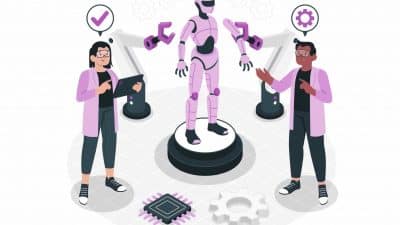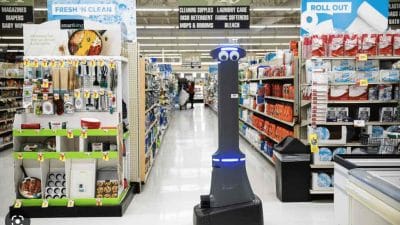Introduction to Robot Safety Standards
Why it matters: Robot safety standards and their implications for safety, including occupational safety and ethical risks are critical to understand.
Everything AI, Robotics, and IoT
Why it matters: Robot safety standards and their implications for safety, including occupational safety and ethical risks are critical to understand.
Why it matters: Fleming’s left hand rule is an important concept to understand when working with electric motors which are used in robotics.
Why it matters: Robotics and AI are key technologies of the future and the role of AI integrated with robotics is going to be transformational for society.
Why it matters: The rise of autonomous robots coinciding with the need to simplify grocery shopping gave birth to Marty the Robot.
Why it matters: Artificial intelligence is science’s most exciting and rapidly progressing fields. Let us watch and learn from the best 21 AI documentaries.
Why it matters: Robotics kits are a great way for kids to learn about technology and engineering. But with so many different types of kits available, it can be hard to know which one is right for your child. In this blog post, we’ll take a look at the different types of robotics kits, what factors you should consider when choosing one, and our top three picks for the best robotics kits for kids.
Why it matters: As sensor technology develops, self driving cars can see in bad weather reliably and will continue to improve our quality of life.
Why it matters: The Next Generation of Agriculture Robots are designed to help farmers automate their work and increase their efficiency. These robots are equipped with sensors and software that allow them to identify and isolate pests and diseases, and then take action to eliminate them. They can also identify and isolate areas in need of fertilizer or water, and then take action to correct the issue.
Why it matters: AI help us optimize physical security – it will have an increasingly important role to play in keeping us safe.
Why it matters: Robotics as a service (RaaS) – where robots are leased / loaned along with the cloud platforms to improve production and lower costs.









